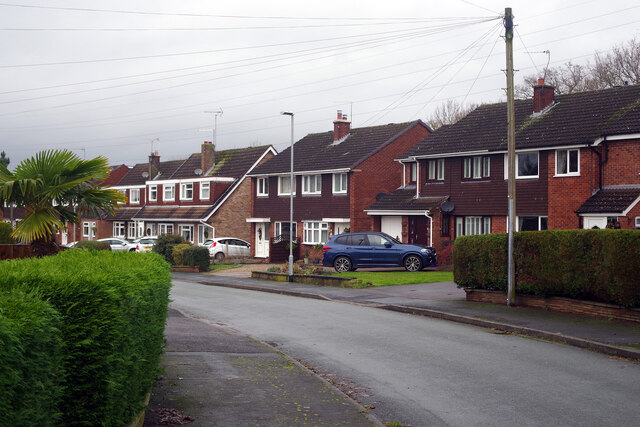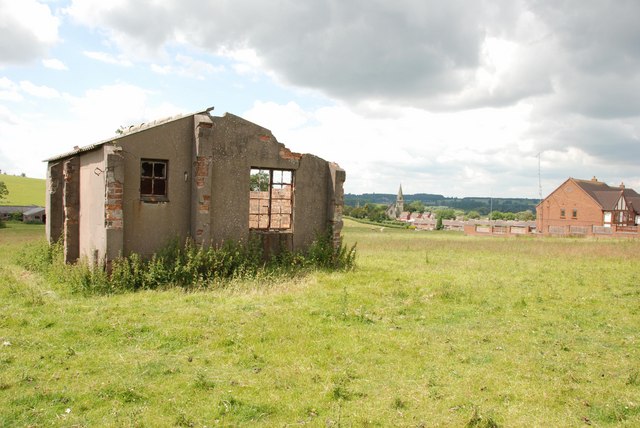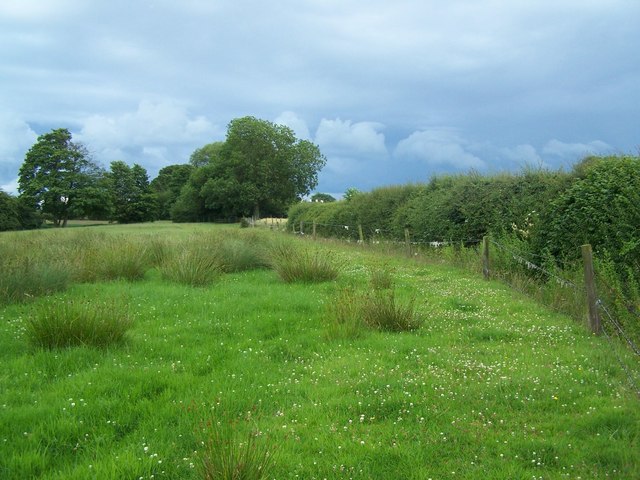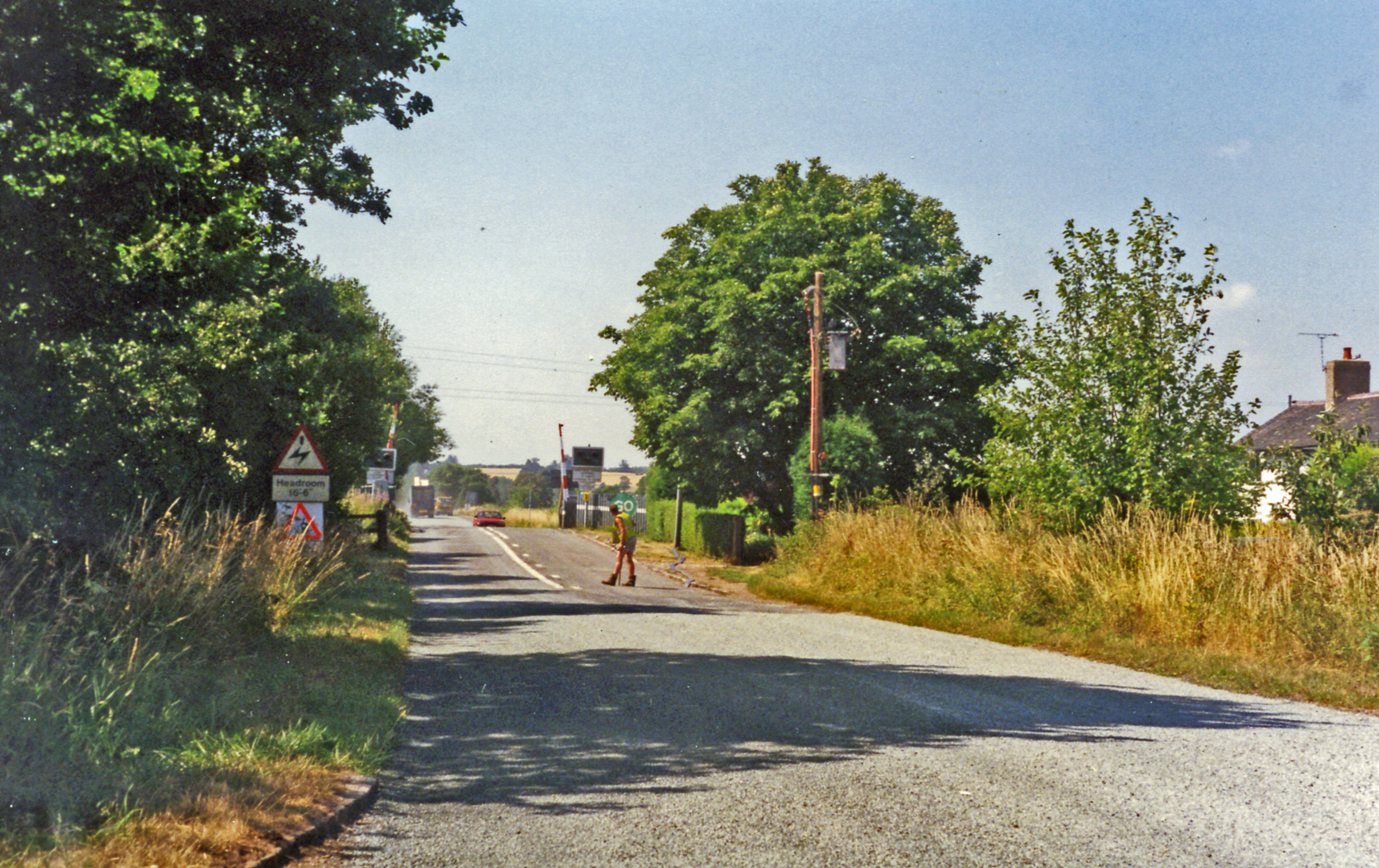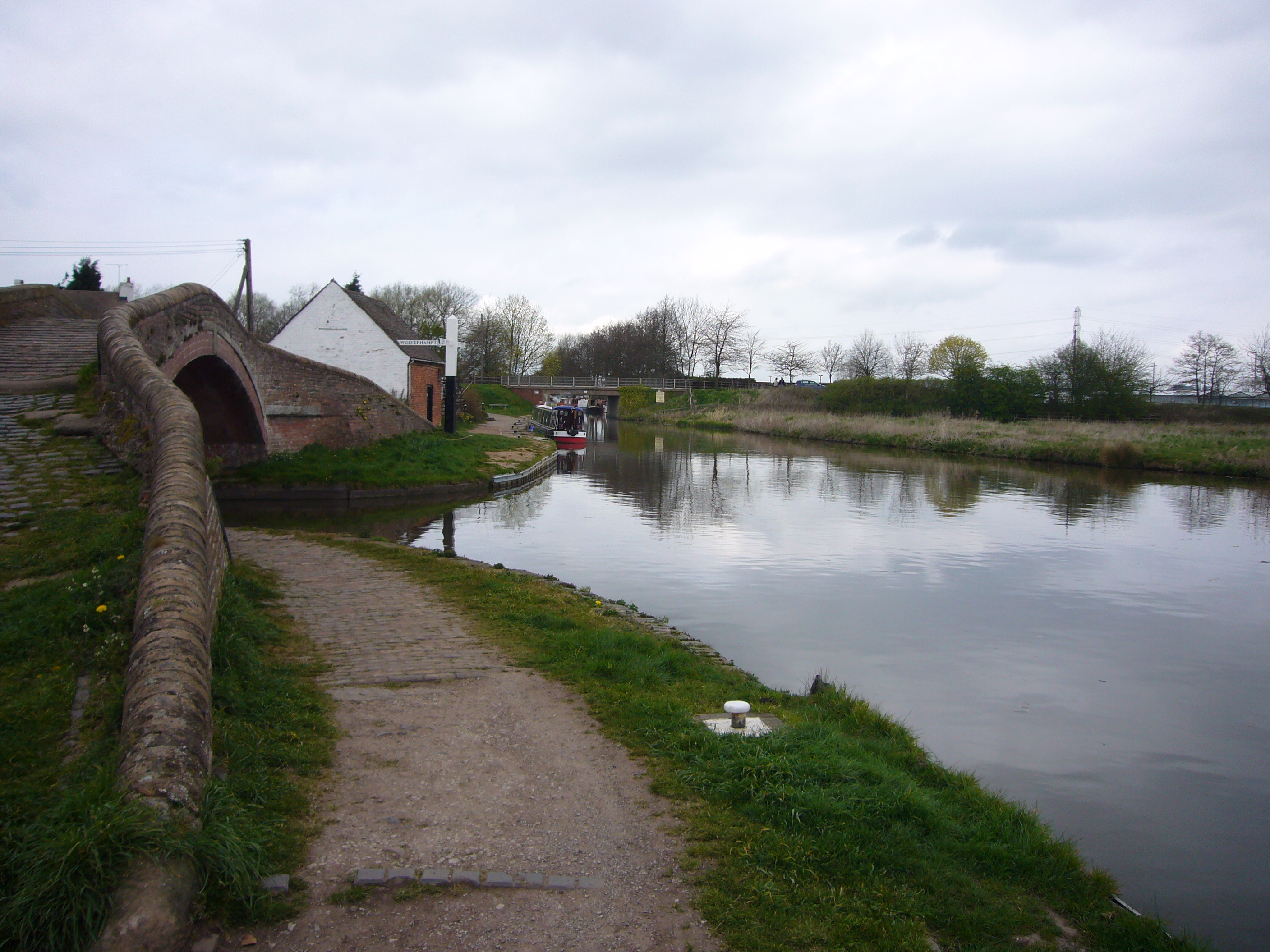Ginders Covert
Wood, Forest in Staffordshire Stafford
England
Ginders Covert

Ginders Covert is a small woodland area located in Staffordshire, England. Situated near the town of Wood, it is known for its picturesque beauty and tranquil atmosphere. Spanning approximately 100 acres, Ginders Covert is a haven for nature enthusiasts and those seeking a peaceful retreat.
The woodland is characterized by a mix of deciduous and coniferous trees, including oak, beech, and pine. These trees provide a rich and diverse habitat for a variety of wildlife, such as deer, foxes, and a wide range of bird species. The forest floor is covered with a thick carpet of mosses, ferns, and wildflowers, adding to the enchanting ambiance of the area.
Ginders Covert offers several walking trails that meander through the woods, allowing visitors to explore its natural beauty at their own pace. The paths are well-maintained and marked, ensuring a safe and enjoyable experience for all. Along the way, there are benches and picnic areas where visitors can rest and take in the peaceful surroundings.
The woodland is also home to a small pond, which serves as a watering hole for various animals and attracts a variety of amphibians and insects. It is a popular spot for birdwatchers, who can often spot waterfowl and other aquatic species.
Overall, Ginders Covert is a hidden gem in Staffordshire, offering a serene escape from the hustle and bustle of everyday life. Its beauty, biodiversity, and accessibility make it a must-visit destination for nature lovers and outdoor enthusiasts alike.
If you have any feedback on the listing, please let us know in the comments section below.
Ginders Covert Images
Images are sourced within 2km of 52.816904/-2.0154781 or Grid Reference SJ9924. Thanks to Geograph Open Source API. All images are credited.

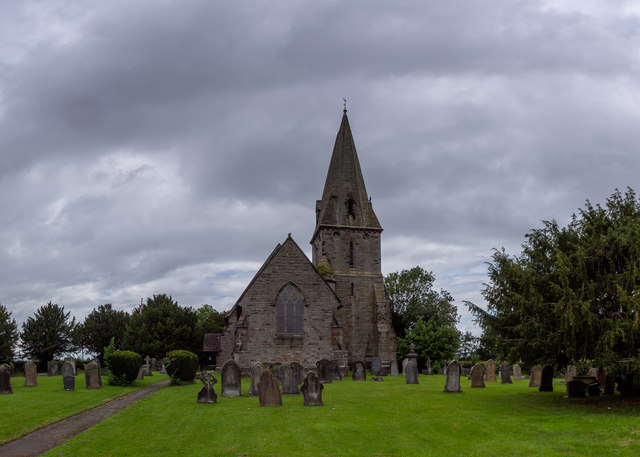

Ginders Covert is located at Grid Ref: SJ9924 (Lat: 52.816904, Lng: -2.0154781)
Administrative County: Staffordshire
District: Stafford
Police Authority: Staffordshire
What 3 Words
///princely.bland.grumbles. Near Great Haywood, Staffordshire
Nearby Locations
Related Wikis
Ingestre
Ingestre is a village and civil parish in the Stafford district, in the county of Staffordshire, England. The population of the civil parish taken at the...
Hixon railway station
Hixon railway station is a disused railway station in Staffordshire, England. The railway line between Stone and Colwich was opened by the North Staffordshire...
Hixon rail crash
On 6 January 1968, a low-loader transporter carrying a 120-ton electrical transformer was struck by a British Rail express train on a recently installed...
Black country ring
The Black Country Ring is a UK canal ring composed of the Staffordshire and Worcestershire Canal, Birmingham Main Line, Birmingham and Fazeley Canal, Coventry...
Haywood Junction
Haywood Junction (grid reference SJ994229), or Great Haywood Junction, is the name of the canal junction where the Staffordshire and Worcestershire Canal...
Ingestre Hall
Ingestre Hall is a Grade II* 17th-century Jacobean mansion situated at Ingestre, near Stafford, Staffordshire, England. Formerly the seat of the Earls...
Hixon, Staffordshire
Hixon is a village and a civil parish in the English county of Staffordshire.grid reference SK003259 == Location == The village is 7.8 miles (12.6 km)...
Way for the Millennium
The Way for the Millennium is a 41-mile-long (66 km) east–west route across Staffordshire, deliberately designed for easy walking, using towpaths, old...
Nearby Amenities
Located within 500m of 52.816904,-2.0154781Have you been to Ginders Covert?
Leave your review of Ginders Covert below (or comments, questions and feedback).
